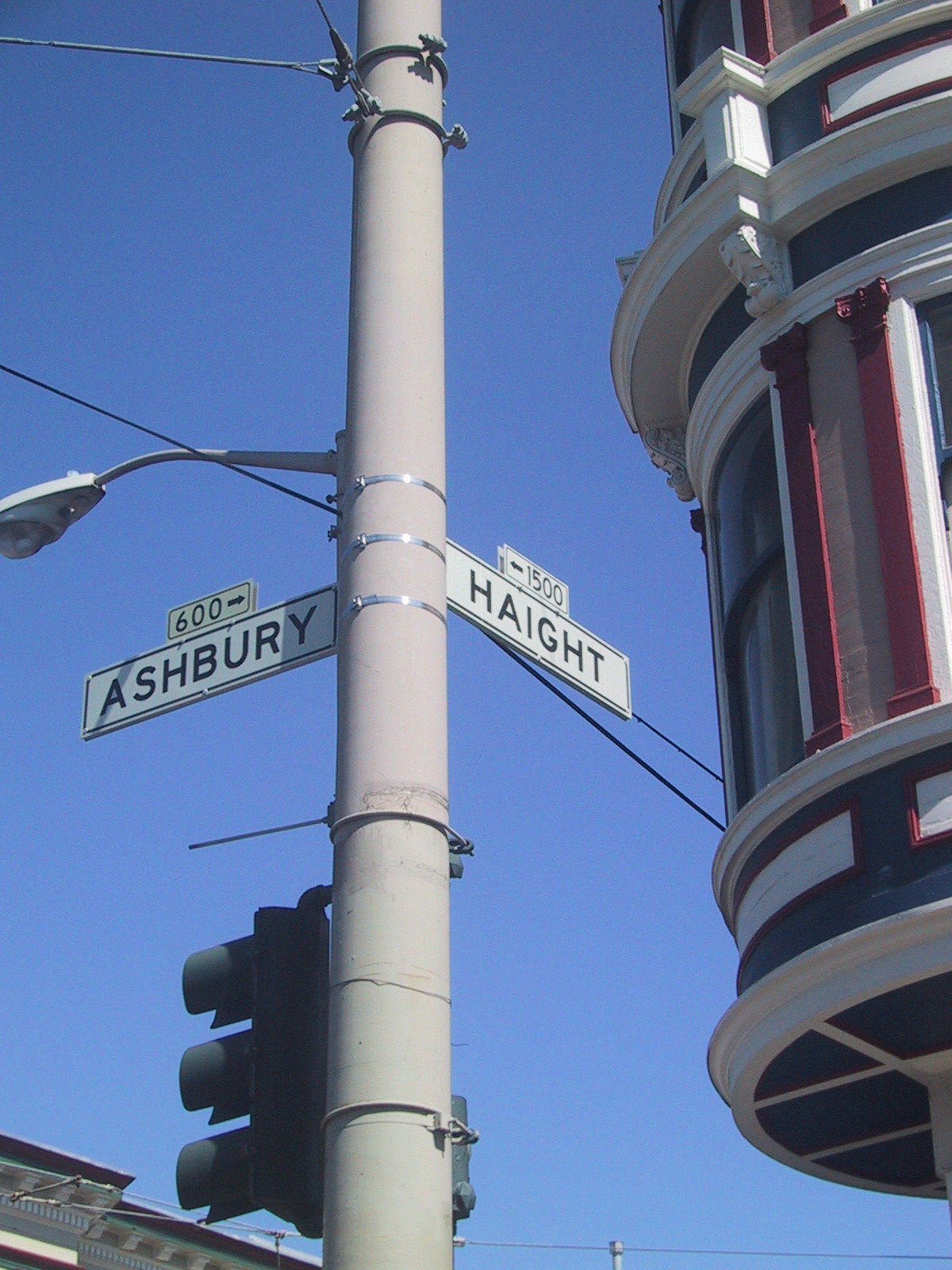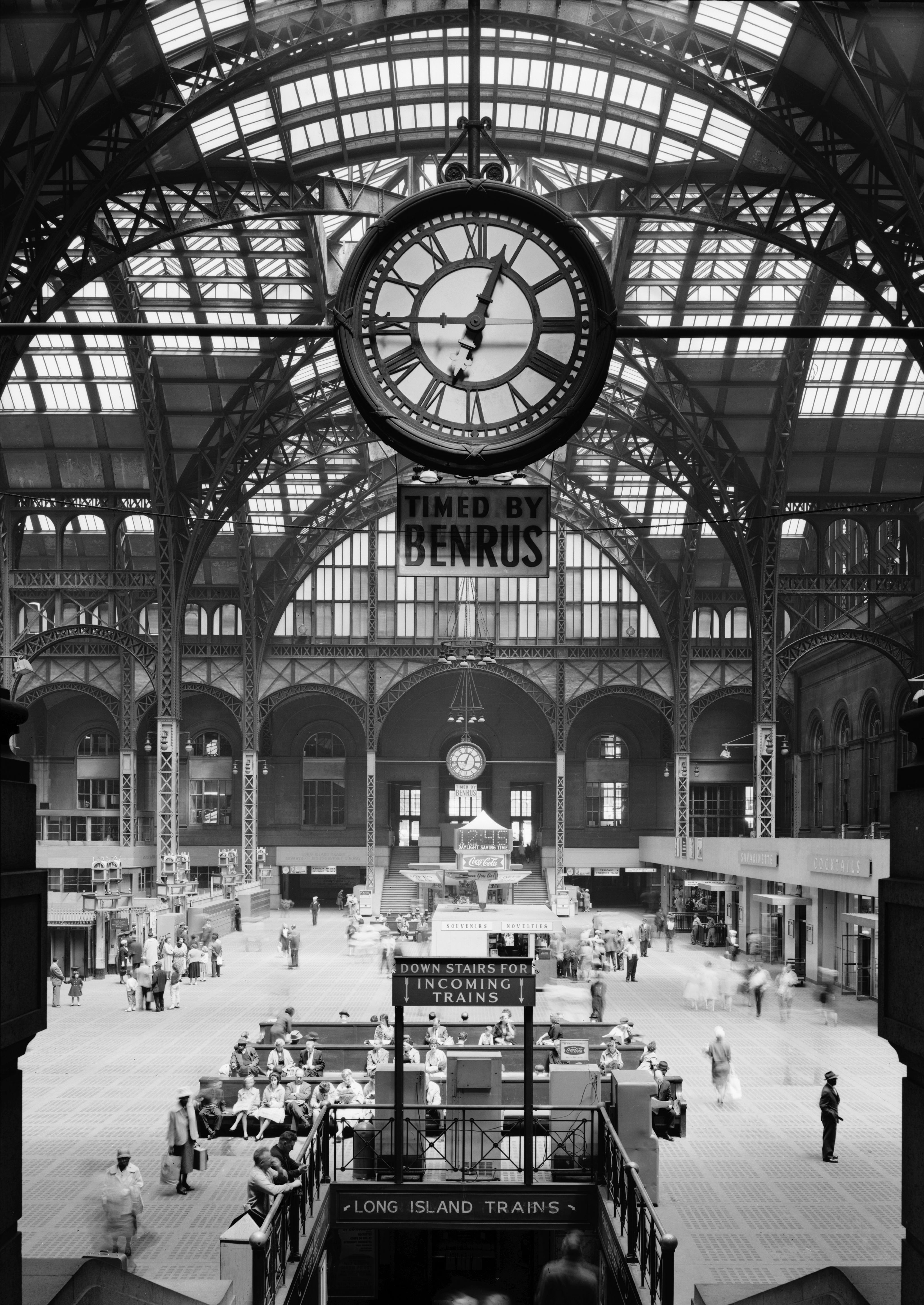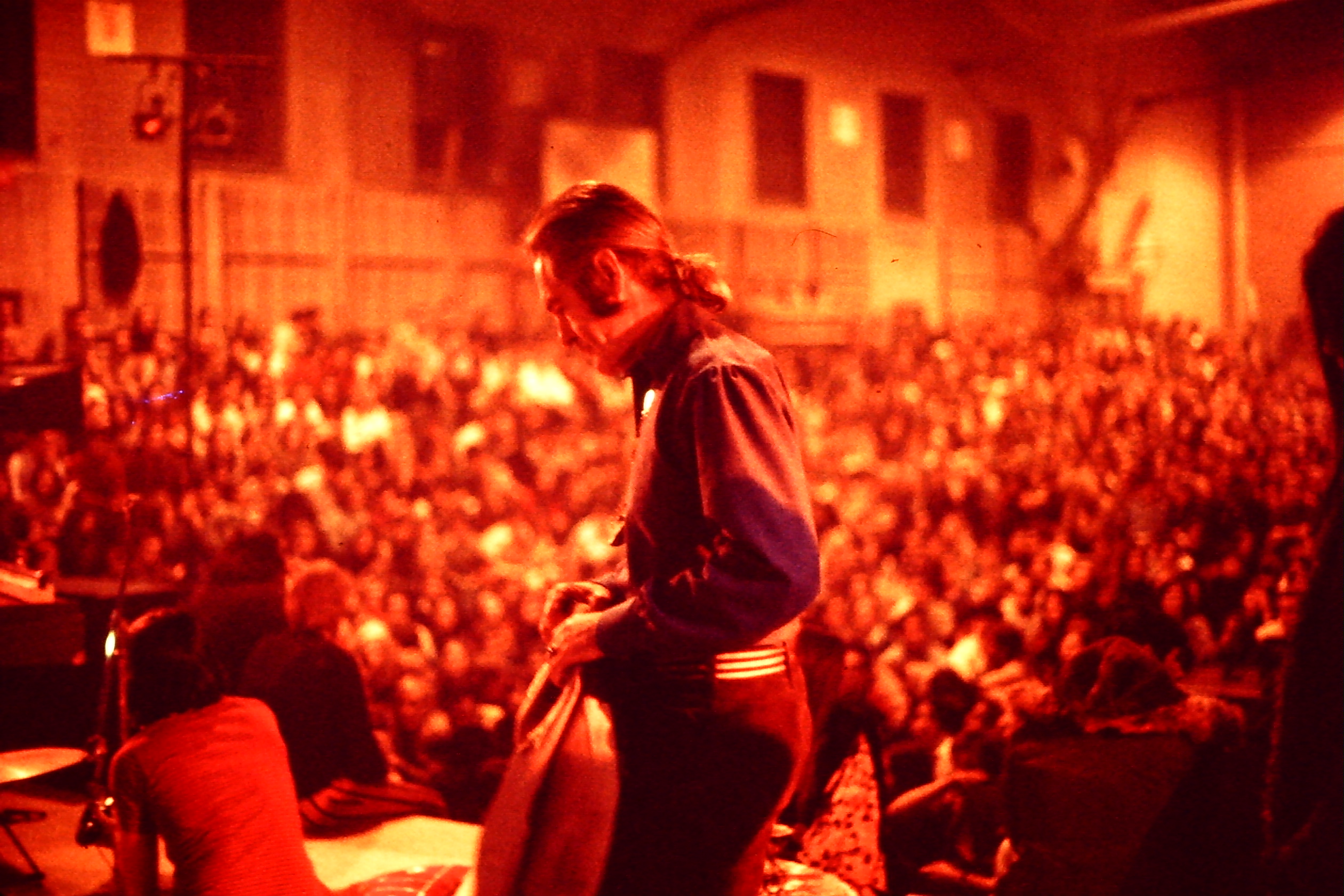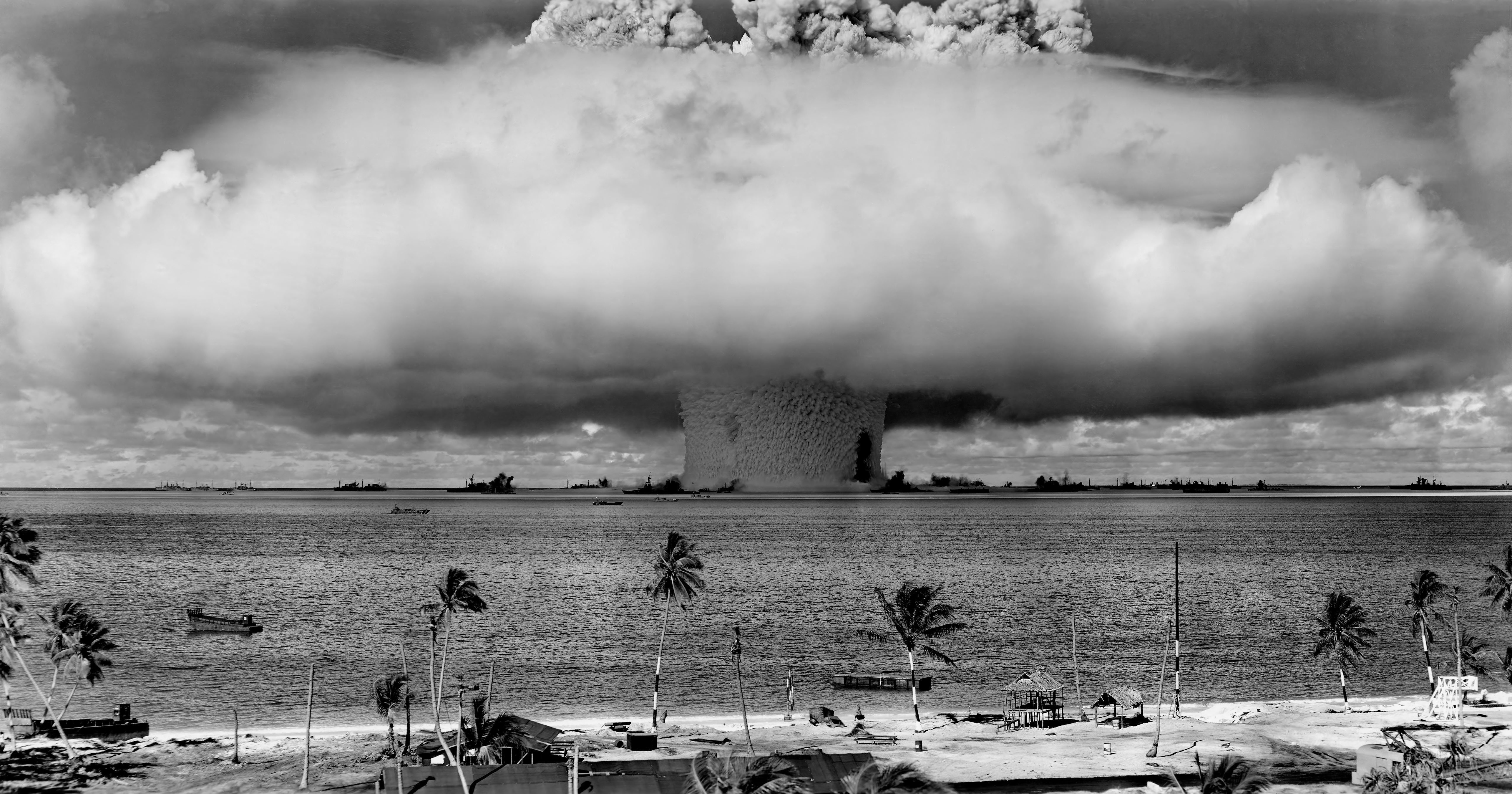|
Diggers (theater)
The Diggers were a radical community-action group of activists and street theatre actors operating from 1966 to 1968, based in the Haight-Ashbury neighborhood of San Francisco. Their politics have been categorized as "left-wing;" more accurately, they were "community anarchists" who blended a desire for freedom with a consciousness of the community in which they lived.''Contemporary Authors Online'' (2002) Gale, Detroit The Diggers' central tenet was to be "authentic," seeking to create a society free from the dictates of money and capitalism. The Diggers were closely associated and shared a number of members with the guerrilla theater group San Francisco Mime Troupe. They were formed out of after-hours Mime Troupe discussions between Emmett Grogan, Peter Coyote, Peter Berg, and Billy Landout. The Diggers fostered and inspired later groups like the Yippies. Origins The Diggers took their name from the original English Diggers (1649–1650) who had promulgated a vision ... [...More Info...] [...Related Items...] OR: [Wikipedia] [Google] [Baidu] |
Haight-Ashbury
Haight-Ashbury () is a district of San Francisco, California, named for the intersection of Haight and Ashbury streets. It is also called the Haight and the Upper Haight. The neighborhood is known as one of the main centers of the counterculture of the 1960s. Location The district generally encompasses the neighborhood surrounding Haight Street, bounded by Stanyan Street and Golden Gate Park on the west, Oak Street and the Golden Gate Park Panhandle on the north, Baker Street and Buena Vista Park to the east and Frederick Street and Ashbury Heights and Cole Valley neighborhoods to the south. The street names commemorate two early San Francisco leaders: pioneer and exchange banker Henry Haight, and Munroe Ashbury, a member of the San Francisco Board of Supervisors from 1864 to 1870. Both Haight and his nephew, as well as Ashbury, had a hand in the planning of the neighborhood and nearby Golden Gate Park at its inception. The name "Upper Haight" is also used by locals in c ... [...More Info...] [...Related Items...] OR: [Wikipedia] [Google] [Baidu] |
Yippies
The Youth International Party (YIP), whose members were commonly called Yippies, was an American youth-oriented Radical politics, radical and Counterculture, countercultural revolutionary offshoot of the Free Speech Movement, free speech and anti-war movements of the late 1960s. It was founded on December 31, 1967. They employed theatrical gestures to mock the social status quo, such as advancing a pig called "Pigasus the Immortal" as a candidate for President of the United States in 1968. They have been described as a highly theatrical, Anti-authoritarianism, anti-authoritarian, and anarchist youth movement of "symbolic politics".Abbie Hoffman, Soon to be a Major Motion Picture, page 128. Perigee Books, 1980. Since they were well known for street theater, protesting against the Legal history of cannabis in the United States, criminalization of cannabis in the United States with smoke-ins, and politically themed pranks, they were either ignored or denounced by many of the Old L ... [...More Info...] [...Related Items...] OR: [Wikipedia] [Google] [Baidu] |
Summer Of Love
The Summer of Love was a major social phenomenon that occurred in San Francisco during the summer of 1967. As many as 100,000 people, mostly young people, hippies, beatniks, and 1960s counterculture figures, converged in San Francisco's Haight-Ashbury district and Golden Gate Park. More broadly, the Summer of Love encompassed hippie culture, spiritual awakening, hallucinogenic drugs, anti-war sentiment, and free love throughout the West Coast of the United States, and as far away as New York City. * * * * An episode of the PBS documentary series '' American Experience'' referred to the Summer of Love as "the largest migration of young people in the history of America". Hippies, sometimes called flower children, were an eclectic group. Many opposed the Vietnam War, were suspicious of government, and rejected consumerist values. In the United States, counterculture groups rejected suburbia and the American way and instead opted for a communal lifestyle. Some hippies ... [...More Info...] [...Related Items...] OR: [Wikipedia] [Google] [Baidu] |
Ramparts (magazine)
''Ramparts'' was a glossy illustrated American political and literary magazine, published from 1962 to 1975 and closely associated with the New Left political movement. Unlike most of the radical magazines of the day, ''Ramparts'' was expensively produced and graphically sophisticated. Establishment ''Ramparts'' was established in June 1962 by Edward Michael Keating Sr. in Menlo Park, California, as a "showcase for the creative writer and as a forum for the mature American Catholic". The magazine declared its intent to publish "fiction, poetry, art, criticism and essays of distinction, reflecting those positive principles of the Hellenic-Christian tradition which have shaped and sustained our civilization for the past two thousand years, and which are needed still to guide us in an age grown increasingly secular, bewildered, and afraid". The founding location was an office space at 1182 Chestnut Street, Menlo Park, California. Edward Keating and his wife Helen (née English) pe ... [...More Info...] [...Related Items...] OR: [Wikipedia] [Google] [Baidu] |
Mimeograph
A mimeograph machine (often abbreviated to mimeo, sometimes called a stencil duplicator or stencil machine) is a low-cost duplicating machine that works by forcing ink through a stencil onto paper. The process is called mimeography, and a copy made by the process is a mimeograph. Mimeographs, along with spirit duplicators and hectographs, were common technologies for printing small quantities of a document, as in office work, classroom materials, and church bulletins. For even smaller quantities, up to about five, a typist would use carbon paper. Early fanzines were printed by mimeograph because the machines and supplies were widely available and inexpensive. Beginning in the late 1960s and continuing into the 1970s, photocopying gradually displaced mimeographs, spirit duplicators, and hectographs. Origins Use of stencils is an ancient art, butthrough chemistry, papers, and pressestechniques advanced rapidly in the late nineteenth century: Papyrograph A description of th ... [...More Info...] [...Related Items...] OR: [Wikipedia] [Google] [Baidu] |
Chester Anderson
Chester Valentine John Anderson (August 11, 1932 – April 11, 1991) was an American novelist, poet, and editor in the underground press. Biography Raised in Florida, he attended the University of Miami from 1952 to 1956, before becoming a beatnik coffee house poet in Greenwich Village and San Francisco's North Beach. As a poet, he wrote under the name C.V.J. Anderson and edited the little magazines '' Beatitude'' and ''Underhound''. In journalism, he specialized in rock and roll. In that area, he was a friend of Paul Williams and edited '' Crawdaddy!'' for a few issues in 1968-1969. He also wrote science fiction, because of Michael Kurland (the two of them having collaborated on ''Ten Years to Doomsday'' in 1964). Anderson's '' The Butterfly Kid'', published in 1967, is the first part of what is called the Greenwich Village Trilogy, with Kurland writing the second book ('' The Unicorn Girl'') and the third volume (''The Probability Pad'') written by T.A. Waters. The nov ... [...More Info...] [...Related Items...] OR: [Wikipedia] [Google] [Baidu] |
Tong (organization)
A ''tong'' ()Chin, Ko-lin. "Chinatowns and Tongs". ''In Chinese Subculture and Criminality: Non-Traditional Crime Groups in America''. New York: Greenwood Press, 1990 is a type of organization found among Chinese immigrants predominantly living in the United States, with smaller numbers in Canada, Australia, and the United Kingdom. In Chinese, the word ''tong'' means "hall" or "gathering place". These organizations are described as secret societies or sworn brotherhoods and are often tied to criminal activity. In the 1990s, in most American Chinatowns, clearly marked ''tong'' halls could easily be found, many of which have had affiliations with Chinese organized crime.Peter Huston. ''Tongs, Gangs, and Triads: Chinese Crime Groups in North America'' (1995) Paladin Press, Boulder CO These associations often provide services for Chinatown communities such as immigrant counseling, Chinese schools, and English classes for adults. ''Tongs'' follow the pattern of secret societies co ... [...More Info...] [...Related Items...] OR: [Wikipedia] [Google] [Baidu] |
George Metesky
George Peter Metesky (November 2, 1903 – May 23, 1994), better known as the Mad Bomber, was an American electrician and mechanic who terrorized New York City for 16 years in the 1940s and 1950s with explosives that he planted in theaters, terminals, libraries and offices. Bombs were left in phone booths, storage lockers and restrooms in public buildings, including Grand Central Terminal, Pennsylvania Station, Radio City Music Hall, the New York Public Library, the Port Authority Bus Terminal and the RCA Building, and in the New York City Subway. Metesky also bombed movie theaters, where he cut into seat upholstery and slipped his explosive devices inside. Angry and resentful about events surrounding a workplace injury suffered years earlier, Metesky planted at least 33 bombs, of which 22 exploded, injuring 15 people. The hunt for the bomber enlisted an early use of offender profiling. He was apprehended in 1957 based on clues given in letters he wrote to a newspaper. He was ... [...More Info...] [...Related Items...] OR: [Wikipedia] [Google] [Baidu] |
Lysergic Acid Diethylamide
Lysergic acid diethylamide, commonly known as LSD (from German ; often referred to as acid or lucy), is a Semisynthesis, semisynthetic, Hallucinogen, hallucinogenic compound derived from ergot, known for its powerful psychological effects and Serotonin, serotonergic activity. It was historically significant in psychiatry and 1960s counterculture; it is currently legally restricted but experiencing renewed scientific interest and increasing use. When taken orally, LSD has an onset of action within 0.4 to 1.0 hours (range: 0.1–1.8 hours) and a duration of effect lasting 7 to 12 hours (range: 4–22 hours). It is commonly administered via tabs of Blotting paper, blotter paper. LSD is extremely potent, with noticeable effects at doses as low as 20 Microgram, micrograms and is sometimes taken in much smaller amounts for microdosing. Yet no fatal human overdoses have been documented. LSD is mainly used recreationally or for spiritual purposes. LSD can cause mystical experiences. ... [...More Info...] [...Related Items...] OR: [Wikipedia] [Google] [Baidu] |
Richard Alpert
Ram Dass (born Richard Alpert; April 6, 1931 – December 22, 2019), also known as Baba Ram Dass, was an American spiritual teacher, guru of modern yoga, psychologist, and writer. His best-selling 1971 book '' Be Here Now'', which has been described by multiple reviewers as "seminal", helped popularize Eastern spirituality and yoga in the West. He authored or co-authored twelve more books on spirituality over the next four decades, including ''Grist for the Mill'' (1977), ''How Can I Help?'' (1985), and ''Polishing the Mirror'' (2013). Ram Dass was personally and professionally associated with Timothy Leary at Harvard University in the early 1960s. Then known as Richard Alpert, he conducted research with Leary on the therapeutic effects of psychedelic drugs. In addition, Alpert assisted Harvard Divinity School graduate student Walter Pahnke in his 1962 " Good Friday Experiment" with theology students, the first controlled, double-blind study of drugs and the mystical experi ... [...More Info...] [...Related Items...] OR: [Wikipedia] [Google] [Baidu] |
Timothy Leary
Timothy Francis Leary (October 22, 1920 – May 31, 1996) was an American psychologist and author known for his strong advocacy of psychedelic drugs. Evaluations of Leary are polarized, ranging from "bold oracle" to "publicity hound". According to poet Allen Ginsberg, he was "a hero of American consciousness", while writer Tom Robbins called him a "brave neuronaut". President Richard Nixon disagreed, calling Leary "the most dangerous man in America". During the 1960s and 1970s, at the height of the counterculture movement, Leary was arrested 36 times. As a clinical psychologist at Harvard University, Leary founded the Harvard Psilocybin Project after a revealing experience with magic mushrooms he had in Mexico in 1960. For two years, he tested psilocybin's therapeutic effects, in the Concord Prison Experiment and the Marsh Chapel Experiment. He also experimented with lysergic acid diethylamide (LSD), which was also legal in the U.S. at the time. Other Harvard faculty que ... [...More Info...] [...Related Items...] OR: [Wikipedia] [Google] [Baidu] |
Counterculture Of The 1960s
The counterculture of the 1960s was an anti-establishment cultural phenomenon and political movement that developed in the Western world during the mid-20th century. It began in the early 1960s, and continued through the early 1970s. It is often synonymous with cultural liberalism and with the various social changes of the decade. The effects of the movement"iarchive:cubanc 000104, Where Have All the Rebels Gone?" Ep. 125 of ''Assignment America''. Buffalo, NY: WNET. 1975.Transcript availablevia American Archive of Public Broadcasting.) have been ongoing to the present day. The aggregate movement gained momentum as the civil rights movement in the United States had made significant progress, such as the Voting Rights Act of 1965, and with the intensification of the Vietnam War that same year, it became revolutionary to some. As the movement progressed, widespread social tensions also developed concerning other issues, and tended to flow along generational lines regarding Individu ... [...More Info...] [...Related Items...] OR: [Wikipedia] [Google] [Baidu] |




